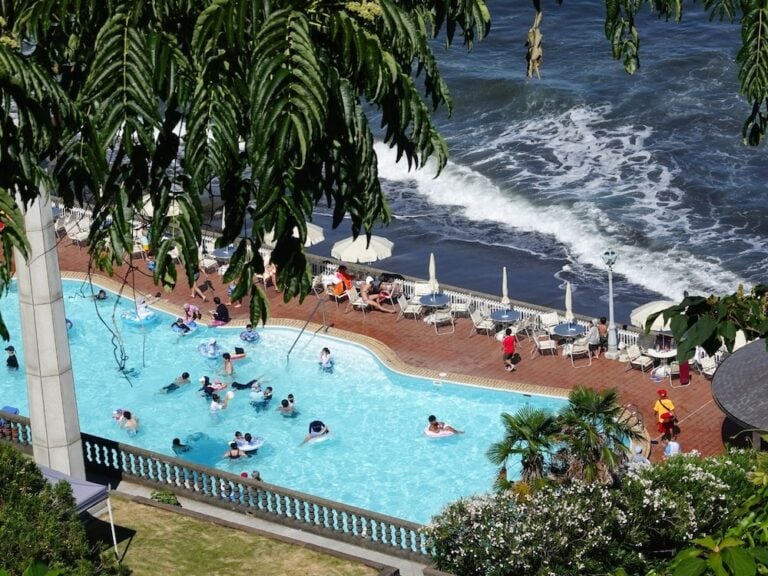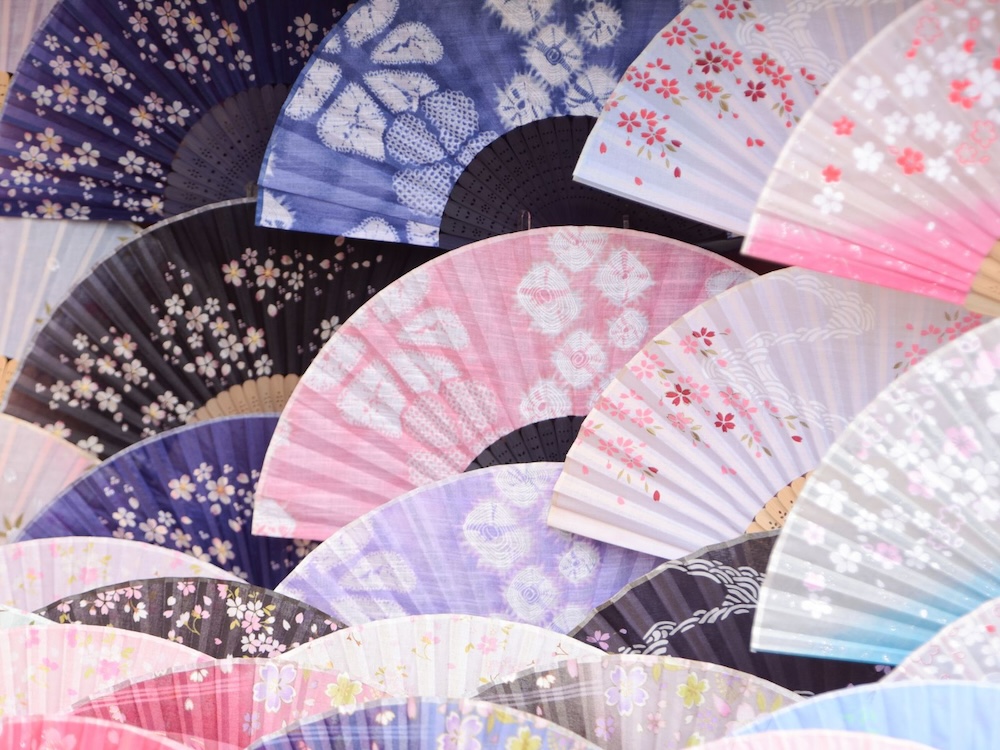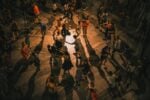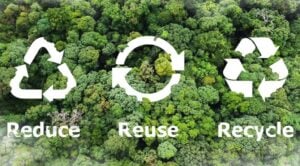
Summer in Japan means it’s time to cool off with a swim and get your rain gear prepared for the typhoon season. To help you enjoy your summer, here are a few hints and tips.
Swimming in Japan
Indoor pools are abundant in most Japanese cities, including Tokyo. Despite its large population, Tokyo boasts many conveniently located and reasonably priced pools. Most of these pools are managed by the local wards and are open to those who live, work or study in the ward. One of my favorite pools charges a modest 400-yen entry fee, which I think is quite affordable.
I have enjoyed swimming in Japan for many years and find the pools are less crowded compared to other sports such as trying to use a tennis court at a public facility. Not all swimming pools offer the same amenities or are equally modern, but most feature basic changing areas with lockers and space for drying your hair and other finishing touches after swimming. Public sports facilities typically limit use to two hours, a reasonable policy that helps ensure more people can enjoy them. While public pools are more functional rather than luxurious, they provide an acceptable experience without a lot of the glam of a private club.
Outdoor swimming facilities in Japan are more limited and only open during the summer months of July and August. Due to the rainy season, which typically lasts until late June, outdoor pools generally don’t open until early July. Like indoor pools, most outdoor pools also have a two-hour usage limit to ensure more people can enjoy the facilities.
Stay In Your Lane
Indoor pools in Japan typically require swimmers to wear a swim cap and prohibit wearing earrings, glasses and other accessories. However, waterproof sports watches are allowed. Pools often have designated lanes for different activities and skill levels, including a walking lane and separate swim lanes for experienced and slower swimmers. After a few visits to the same pool, you will get a sense of whether most swimmers are experienced or novice. When I used to swim after work, I noticed that the swimmers tended to be more experienced and aggressive. These afterwork swimmers must have been working off their frustrations from the office.
Children’s play areas in public pools may be limited, and usually, no extra pool toys are allowed. However, many public pools offer swimming lessons for both children and adults at reasonable prices. Joining one of these classes can be a great way to practice your Japanese while improving your swimming stroke.

Outdoor Recreation Pools
Outdoor public pools in Japan offer a mixed experience, serving more as summer entertainment rather than for sports. During the summer, these pools are filled with families since they provide an inexpensive way to entertain children for a few hours. Many large recreational pools operated by private companies offer more activities than public facilities. Families and groups of friends go to these pools on sweltering summer days to cool off and enjoy a day of relaxation. Despite the warm weather often lasting until mid-September, the outdoor pool season typically ends by the end of August, making the summer season feel short.
Visiting Japan’s Beaches
Except for Okinawa, much of Japan’s coastline is not very swimmer-friendly due to strong currents or rocky beaches. However, from Tokyo, you can reach the swimmable beaches around Kamakura, and they are just a 20-minute walk from Kamakura Station. While the sand isn’t white, these beaches are still popular in the summer and can get very crowded. During the summer season, you will find rental shops and temporary beach huts, as well as public facilities like showers and toilets. Although the water near Tokyo might not be the cleanest, it still offers a refreshing escape from the heat. Nearby, the beaches of Enoshima are also popular summer destinations.
Chiba, also known as the Boso Peninsula, is another popular destination for a day trip from Tokyo. The eastern coast faces the Pacific Ocean, making it ideal for surfing and bodyboarding. This coast features numerous small beach communities that are less crowded than those near Tokyo. On the western coast of Chiba, you will find calmer waters and, on clear days, beautiful views of Mount Fuji.
Heading south from Tokyo, Shizuoka Prefecture is close by and has a range of swimmable beaches. Beginning with the cities of Atami and Ito and extending all the way to Shimoda at the tip of the Izu Peninsula, this coastal stretch is a delight for beach lovers. Despite Shimoda being a three-hour journey from Tokyo, the trip is well worth it. The region has numerous stunning beaches, each with its own unique charm. Shirohama beach stands out for its pristine white sand and popularity among surfers, while many other beaches offer excellent opportunities for snorkeling adventures. Don’t just sit in the sweltering city this summer, get out and explore.

Typhoons Follow the Rainy Season
Soon after the rainy season ends, Japan can expect typhoons. Typhoons usually come from the south with Okinawa and the Kyushu region experiencing the rain and wind first. However, it isn’t completely unusual for Shikoku and the Tokyo area to be direct targets. Typhoon intensity can vary widely. In milder cases, they bring stronger winds and heavier rain, but in more severe instances, they can cause flooding and landslides. It is crucial to stay informed through the media and weather reports, especially if you are planning to travel during this period.
During typhoons, trains, buses, and airplanes typically operate as usual. However, when a particularly large typhoon is expected, transportation services may be delayed or stopped. Often, shops and offices will close early to allow staff to return home before the typhoon’s peak. It is important not to be stoic; follow recommendations and head home early to avoid being stranded in long taxi queues once train services have stopped. I’m passing this tip along since I have learned the hard way.
Don’t expect your umbrella to provide much protection during a typhoon; high winds can turn it inside out within seconds. While a rain jacket offers short-term protection, it will quickly become soaked in heavy rain. Waterproof rain shoes and short rain boots, available in shops at the start of summer, are indispensable for the typhoon season. When I first arrived in Japan, I found these preparations amusing, but I soon envied those who were better equipped as I often ended up drenched and wearing soggy shoes.
During heavy rain or windy periods, you may receive emergency alerts on your phone. These alerts are crucial, especially since many areas in Japan are prone to flooding. They provide advance warnings and may advise evacuation to safer areas until the danger subsides. It’s important to be aware of the potential risks in your area and to know the locations of nearby evacuation centers in case you need to use them.
Do not despair about the rainy season and typhoons; the summer months in Japan are filled with festivals, fireworks, cold beer, and delicious ice cream. Embrace the hot, steamy days of summer and enjoy the festivities before the chilly winter sets in again. Japan doesn’t observe daylight savings so the days will be shorter as September draws closer so make the most of the summer months.















